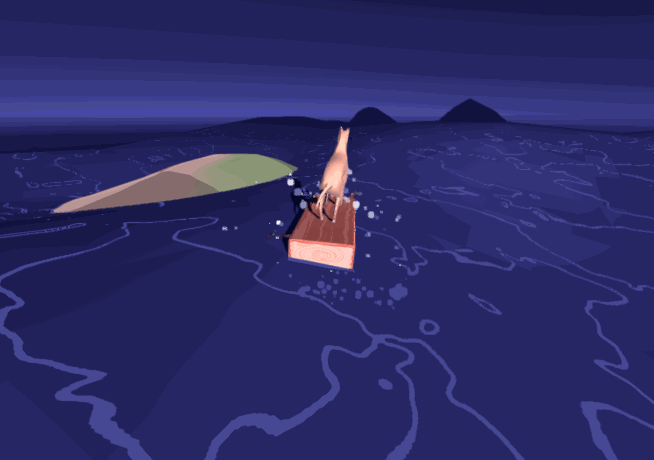IPhone and Mac sales are way up from the start of the pandemic. Meanwhile, Apple's crucial Services business hit another all-time high. Velazco, 18 hours ago. Twitter Facebook Reddit Mail. Mac OS version Watch the Video - Mixing in less than 2 minutes With 4 easy steps you can load your music file, load your subliminal affirmations, if you wish include a binaural beat in the mix, and you are ready to MIX and Save the resulting file as.WAV or.MP3 file! Surfshark VPN for Mac comes with zero-buffering speed, IKEv2/OpenVPN security protocols, P2P support, and Kill Switch. Works with macOS 10.12 or later.
If you’ve been a Mac fan for more than a few years, chances are you’ve seen or even used Apple’s most famous computer models. What you don’t often see are the machines that Apple kept to itself—the prototypes that never reached the market.
To explore this hidden world, we’ll take a look at four Macintosh prototypes from Apple, and one from an early Mac clone maker. When you’re done reading, we’d love to hear (in the comments at the end of this article) whatever tales you might have of your personal encounters with legendary Apple prototypes.
Translucent Macintosh SE (circa 1987)
During the testing process for many Mac models, Apple’s engineers routinely created a few prototypes of a particular computer with translucent plastic housing for air flow testing. Here we see this practice illustrated to stunning effect in this particular Macintosh SE prototype, although other Apple machines—from the Apple IIc to the Macintosh Portable—have been discovered with translucent testing cases.
Why translucent? With the help of a little smoke, engineers could easily see which components were or were not being cooled adequately and then make adjustments accordingly. It would take a new generation of designers to actually utilize translucent plastics in shipping products.
Twiggy Macintosh (circa 1983)
For most of the Macintosh’s early life in development, Apple intended its diminutive GUI-based machine to utilize Apple’s FileWare (aka “Twiggy”) disk media, a proprietary 5.25-inch floppy disk format that Apple developed for the Apple Lisa.
And that’s what you see here: a rare, early Macintosh (that actually works) with one internal Twiggy drive. This particular model, owned by collector Adam Goolevitch, is currently the only one known to exist in such a complete state.
FileWare drives never shipped in a Macintosh, however. The Lisa launched with two Twiggy drives in 1983, but the drives proved slow and error-prone in practice. Worried, Mac engineers devised a plan to include Sony’s new 3.5-inch floppy format in the Macintosh instead.
(That particular episode resulted in an amusing story about a Sony engineer hiding in a closet—an anecdote that you can find expertly told by Andy Hertzfeld at Folklore.org.)
The final, shipping 1984 Macintosh included one 400K 3.5-inch microfloppy drive, and that inclusion helped popularize the new disk format. It’s hard to imagine what the Mac platform would have become if it had stuck with the problematic Twiggy drives.
Colby Classmate (circa 1991)
Electronics engineer Chuck Colby is something of a minor (albeit little-known) legend in Macintosh lore. His company, Colby Systems Corporation, created some of the first Macintosh clones, including the portable MacColby.
In 1991, Colby created the world’s first Mac-compatible tablet computer, the Classmate, which would have included a 68000 CPU, a 20MB hard drive, a floppy drive, a trackball, and a touch-sensitive membrane keyboard. At 5.4 pounds, it wasn’t as portable as an iPad, but it was a start.

While the Classmate came close to production, it never reached the market, and Colby left the Macintosh development world to work with video technology.
Apple Paladin (circa 1995)
In the mid-1990s, Apple tinkered with creating an integrated, all-in-one office appliance that included a computer, telephone, scanner, fax machine, modem, and printer. The result was the Apple Paladin prototype. It combined the guts of an Apple PowerBook Duo 230 (including its grayscale monitor) with a StyleWriter 1200 printer in a sleek white enclosure.

Surfing Prototype Mac Os Download
Early tests of the unit proved problematic, and after an internal corporate reshuffle, the Paladin was left without a division to call home, so it never reached the market.
Apple MultiServer (circa 1985)
In 1985, Apple announced the Macintosh Office system, which would combine AppleTalk networking, a laser printer (the LaserWriter), and a networked file server for use in a business environment.
Of those three components, only two shipped. Apple never managed to release a file server during that era, although it certainly tried to develop one. One such attempt was the Apple MultiServer, seen here in an extremely rare prototype form owned by Jonathan Zufi, proprietor of Shrine of Apple.
Beneath its Apple-branded skin, the MultiServer would have been a rebadged 3Com 3Server, a network server powered by an Intel 80188 CPU. Presumably, it would have run 3Com’s 3+ file sharing software and not an OS designed by Apple.
Surfing Prototype Mac Os X
According to Shrine of Apple, the server was cancelled at the last minute and the unshipped units were used for Apple’s sales offices.
Apple did eventually ship its own dedicated server systems (the Workgroup Server series), but not for another decade.
Paladin front panel image credit: Jim Abeles